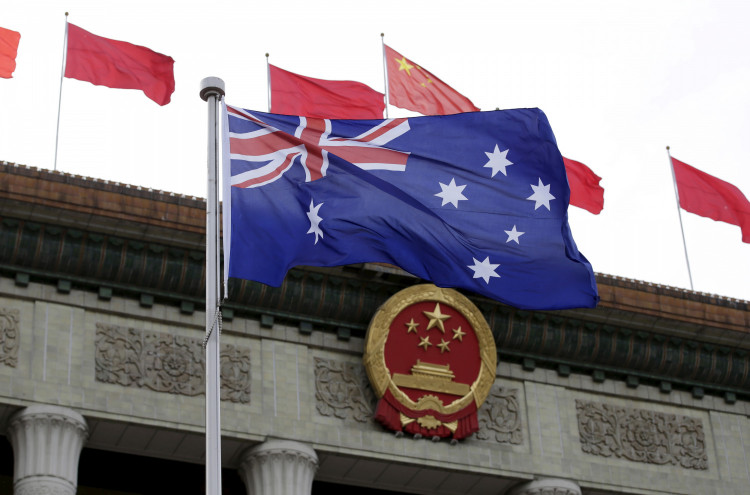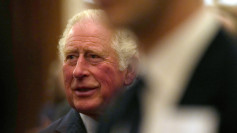Australia has launched its largest-ever military exercise, Talisman Sabre, involving more than 35,000 military personnel from 19 nations and drawing heightened attention from China as the region's security environment grows increasingly tense. The multi-week drills, anchored in Queensland's Shoalwater Bay Training Area, mark the first time Australia's army has live-fired its newly acquired U.S.-made HIMARS (High Mobility Artillery Rocket System), underscoring the country's growing focus on long-range precision weapons.
Australian Army Brigadier Nick Wilson told reporters, "Today was the first time the Australian Army has live-fired our long-range, multi-domain platforms being the HIMARS, so it is a remarkable day." Wilson added, "HIMARS will be utilised in conjunction with a number of other weapon platforms ... to ensure we have a strategy of denial for security, peace and stability in the Indo-Pacific."
The Talisman Sabre exercises, which began in 2005 as a biennial event between Australia and the United States, now feature participation from Canada, Fiji, France, Germany, India, Indonesia, Japan, the Netherlands, New Zealand, Norway, Papua New Guinea, the Philippines, South Korea, Singapore, Thailand, Tonga, and the United Kingdom. Malaysia and Vietnam are attending as observers. Up to 40,000 troops are expected to take part across thousands of kilometers, stretching from Australia's Indian Ocean territory of Christmas Island to the Coral Sea.
The event officially began Sunday with a ceremony in Sydney attended by Lieutenant General J.B. Vowell, Deputy Commanding General of U.S. Army Pacific, and Vice-Admiral Justin Jones, Australia's Chief of Joint Operations. The live-fire demonstration included U.S. F-35B fighter jets and was observed by Australian Governor General Sam Mostyn and Chief of Defence Admiral David Johnston.
Lockheed Martin delivered the first two of 42 HIMARS vehicles ordered by Australia in April, part of a broader $49 billion missile investment over the next decade that aims to bolster domestic manufacturing and expand Australia's long-range strike capabilities.
Australian Defense Industry Minister Pat Conroy confirmed that Chinese surveillance ships have monitored Talisman Sabre since 2017 and are expected to observe the current drills. "The Chinese military have observed these exercises since 2017. It'd be very unusual for them not to observe it," Conroy stated. "We'll adjust accordingly. We'll obviously observe their activities and monitor their presence around Australia, but we'll also adjust how we conduct those exercises."
The war games coincide with Australian Prime Minister Anthony Albanese's six-day visit to China, where he is set to meet President Xi Jinping in Beijing for their fourth in-person conversation. Albanese dismissed concerns about Chinese monitoring of the exercises, telling reporters in Shanghai, "That would be nothing unusual. That has happened in the past and I'll continue to assert Australia's national interest, as I do."
Albanese noted his efforts to maintain strong ties with both the U.S. and China, saying, "I look forward to a constructive engagement with President Trump. We have had three constructive phone conversations." However, the prime minister has faced criticism at home for not securing an in-person meeting with President Trump.
U.S. Army Lieutenant General Joel Vowell said Sunday, "The U.S. needed to work with partners in the Indo-Pacific, and that Talisman Sabre was 'a deterrent mechanism because our ultimate goal is no war.'" Australia has indicated that HIMARS-equipped regiments can be rapidly deployed to neighboring island states under defense agreements, providing flexibility to protect Australia's northern approaches if regional tensions escalate.






